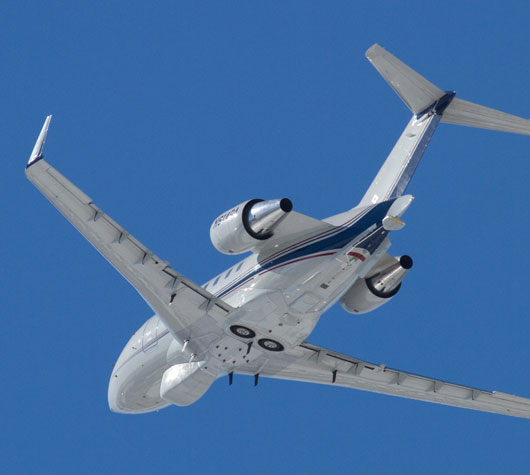
Boeing is developing a new type of Maritime Surveillance Aircraft (MSA) addressing mission requirements for smaller, more affordable systems, compared to the company’s B-737 platform used for the P-8A Poseidon aircraft.
![Boeing’s [NYSE: BA] Maritime Surveillance Aircraft (MSA) demonstrator recently completed its first flight to verify airworthiness, an important milestone toward providing a low-risk and cost-effective maritime surveillance solution designed for search and rescue, anti-piracy patrols and coastal and border security. Boeing teammate Field Aviation conducted the successful testing during a four-hour flight on Feb. 28 from Toronto’s Pearson International Airport. Photo: Boeing](http://defense-update.com/wp-content/uploads/2014/03/MSA-demonstrator.jpg)
Boeing teammate Field Aviation conducted the successful testing during a four-hour flight on Feb. 28 from Toronto’s Pearson International Airport. Field Aviation modified the Bombardier Challenger 604 aircraft’s structures and systems into the MSA configuration. Additional flights are scheduled for the next two months to complete the airworthiness verification phase. Once they are complete, the aircraft will fly to a Boeing facility in Seattle where the MSA mission systems will be installed and tested.
According to the company, MSA uses proven technologies developed for the P-8A Poseidon to provide multi-mission maritime surveillance capabilities. The baseline configuration features an Active Electronically Scanned Array multi-mode radar housed in a special belly mounted radome, an Electro/Optical/Infrared sensor, Electronic Support Measures, a Communications Intelligence sensor and Automated Identification System.
Boeing said it achieved first flight of the MSA demonstrator on an accelerated schedule due to rapid prototyping and lean manufacturing techniques by Boeing Phantom Works, the company’s advanced technology organization, working closely with industry teammates.
Boeing unveiled the MSA last November at the Dubai Airshow. The Challenger 605 was selected as the platform for new Intelligence, Surveillance and Reconnaissance missions.
















